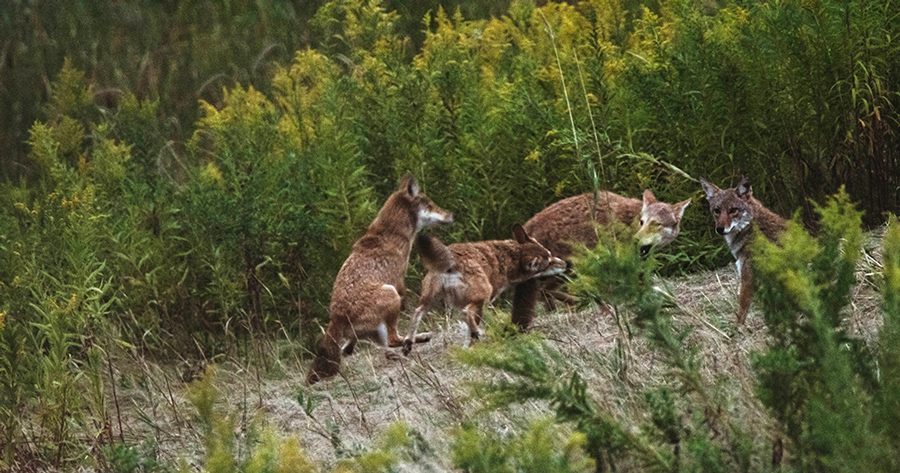
The coyotes that share our urban environments
December 11, 2019 | Topics: Issues, Spotlight
Story and photographs by Danielle Pahlisch
They’re clever, shy, highly adaptive, deeply polarizing—and it’s safe to say that they are thriving remarkably well in every natural facet of the Greater Milwaukee area. The Coyote is a uniquely North American mammal of the canid family—cousin to wolves and our domesticated dogs—and these ever-present wild neighbors of ours deserve to be considered as an asset to the health of our natural areas.
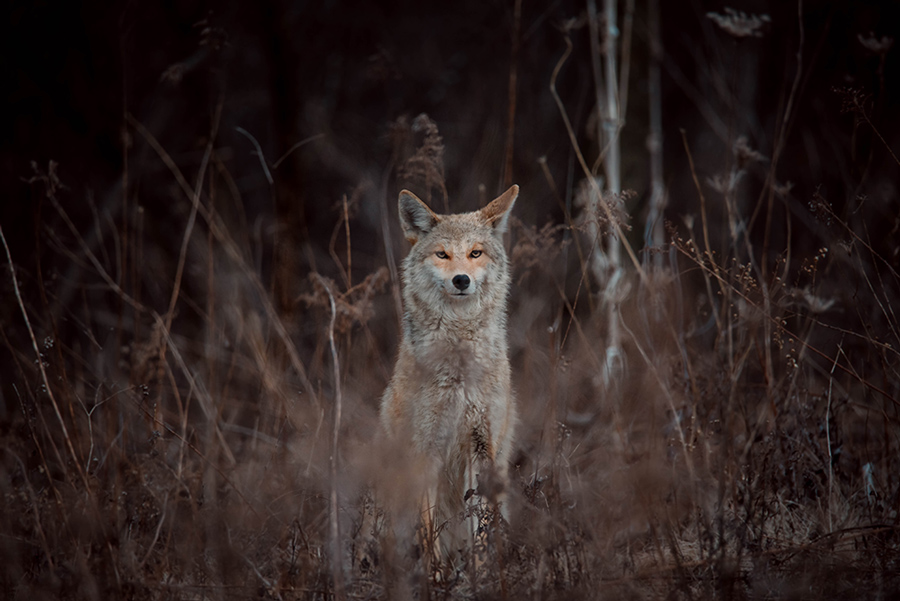
The historical range of the coyote was primarily constricted to the southwest and Great Plains regions, stretching into Mexico. The widespread extirpation of top predators such as wolves and mountain lions, habitat loss due to agricultural and urban development, and the abundance of food resources within our modern cities are all factors that have allowed the coyote to thrive at the fringes of every major city in the continental United States today. And while the sight of a coyote strolling through a downtown park may be a cause for concern to some, the benefits they offer to our local ecology are extraordinary. For example, they are a keystone species in that they help to maintain the number of herbivores. An overabundance of species such as deer in a critical ecosystem can have a devastating effect on new growth of native plants and trees, which results in less beneficial habitats for the native songbirds for which Milwaukee was recently recognized. Coyotes also help to curb the number of rodents in our cities, and can help in spreading native vegetation by their consumption of grass and berry seed.

Because of their peculiar howl coyotes have earned the nickname “song dog,” The typical howl from a wolf keeps a consistent pitch, but one single howl from a coyote can contain numerous pitches. Instead of the wolf’s familiar “ah-oooo”, coyotes produce a serious of yips and yodels. This makes it hard to tell how many coyotes there are in any one place based on sound alone—two coyotes can easily sound like a group of five. When early settlers and naturalists studying the ecology of the southwest heard these strange howls they began to call them “song dogs.”
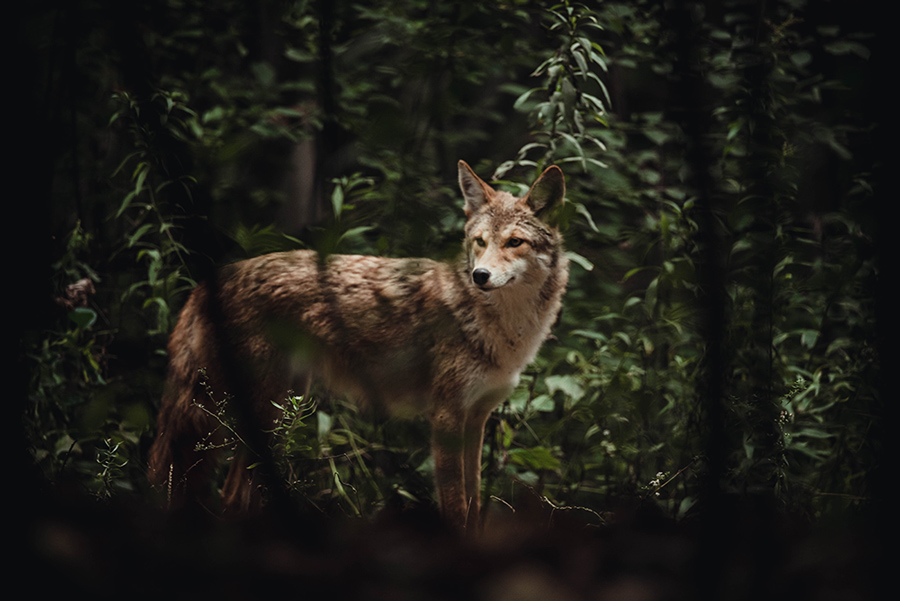
Because coyotes are elusive by nature, they prefer to travel within the county’s many natural corridors, such Milwaukee’s river systems and many biking trails. The natural areas of the Greater Milwaukee area are perfect habitats in which a pack may choose to establish a territory due to the richness in our parks’ ecosystems. A pack is composed of an alpha male and female as the sole, monogamous breeding pair, and offspring from the previous year. The number of pups born in a year—if at all—is dependent on the territory size and food resources within that territory. Coyotes are biologically inclined to manage their population levels accordingly. Like humans, coyotes form tight familial bonds and make excellent parents in that they will stand their ground to protect their young. In recent years, some natural areas and parklands such as Sanctuary Woods (part of the Milwaukee County Grounds) and Lake Park—both of which are year-round, active coyote habitats—have received negative attention in the news after escalating altercations occurred between visitors’ off-leash pets and coyotes during the height of pup rearing season.

Hazing wild animals means to create a deterrence in order to make them move or to discourage undesirable behavior. Methods include yelling, waving your arms, throwing rocks and using some kind of repellent spray.
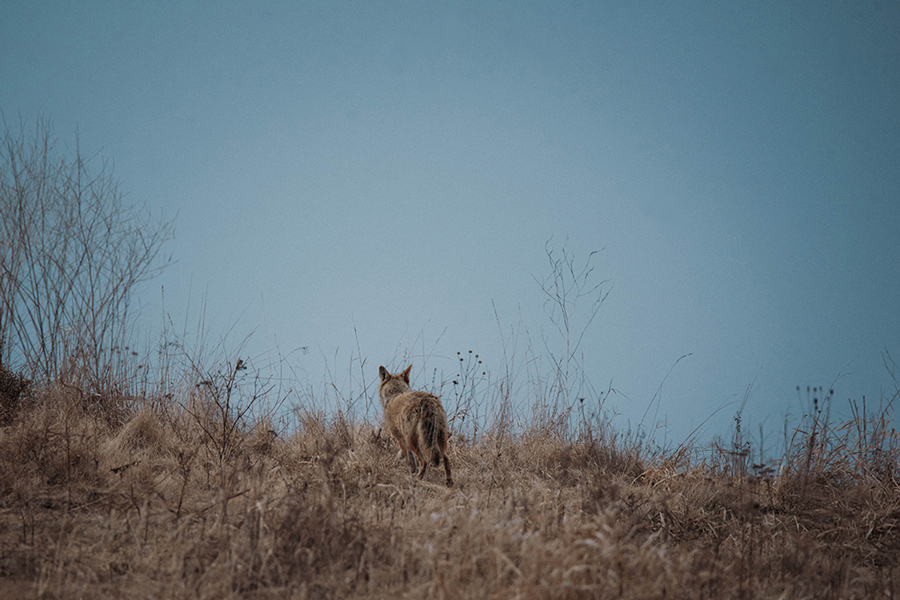
Never let your dog wander into thick brush where you cannot easily locate and retrieve them, and never let dogs chase or play with a wild animal. It is imperative to exercise additional caution with pets during the coyote breeding / pup rearing season which runs February through July. It may be best to simply avoid heavily wooded trails at this time. People are generally safe because coyotes are naturally very fearful of humans, and attacks on humans are extremely rare. It is important to keep this fear of humans intact by hazing curious coyotes if they are too close. Never intentionally feed wildlife and never run away from a coyote.
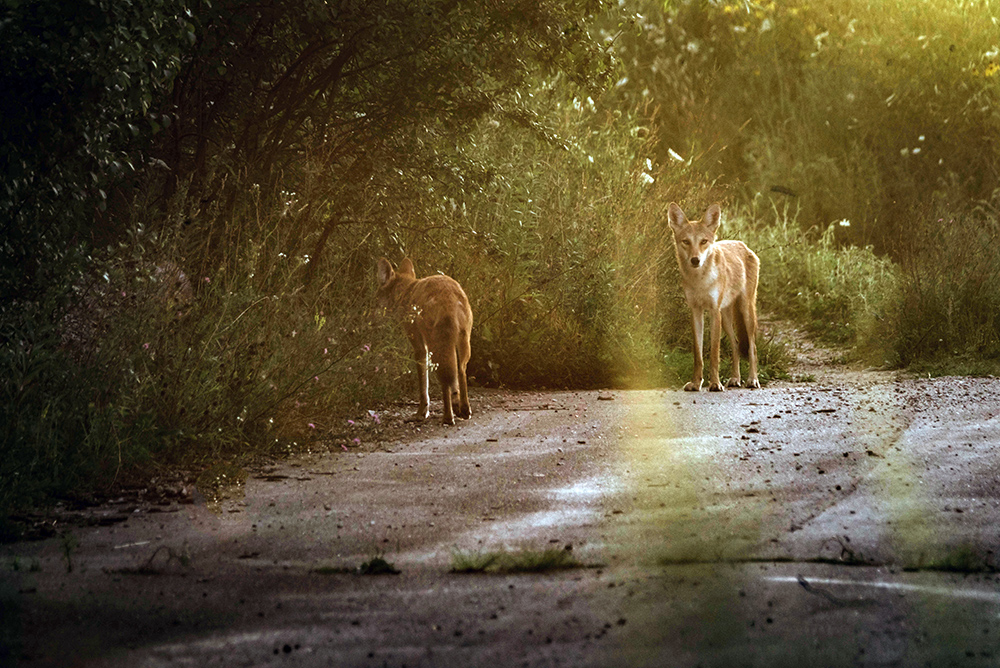
The law requires that all dogs must remain on leash at all times in any Milwaukee County park or natural area not designated exclusively as a dog park. Not only does this protect wildlife of all kinds from our pets, but it is in the best interest of your pets’ safety and the safety of other visitors. Leashing insures that your dog remains in your line of sight where it can be quickly pulled to your side or picked up if you need to haze an animal and leave the area.
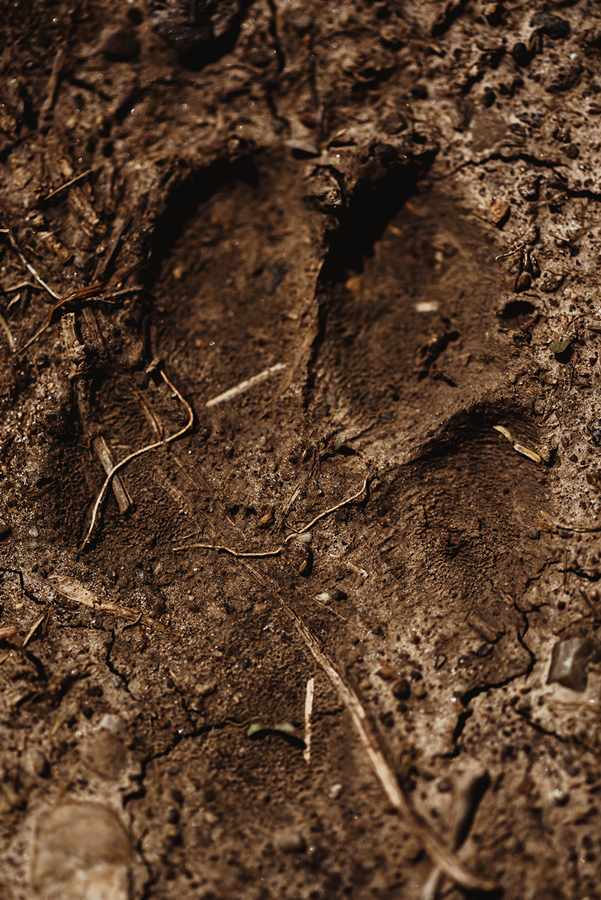
No matter where your personal feelings may fall when it comes to our native song dog, the coyote, their resilience despite decades-long efforts to exterminate them is a testament to their persistence for survival. The ecological benefit of their presence far outweighs the taxpayers’ expense of removing them, which is also ineffective; the vacuum left by removing one pack is simply filled by another pack.
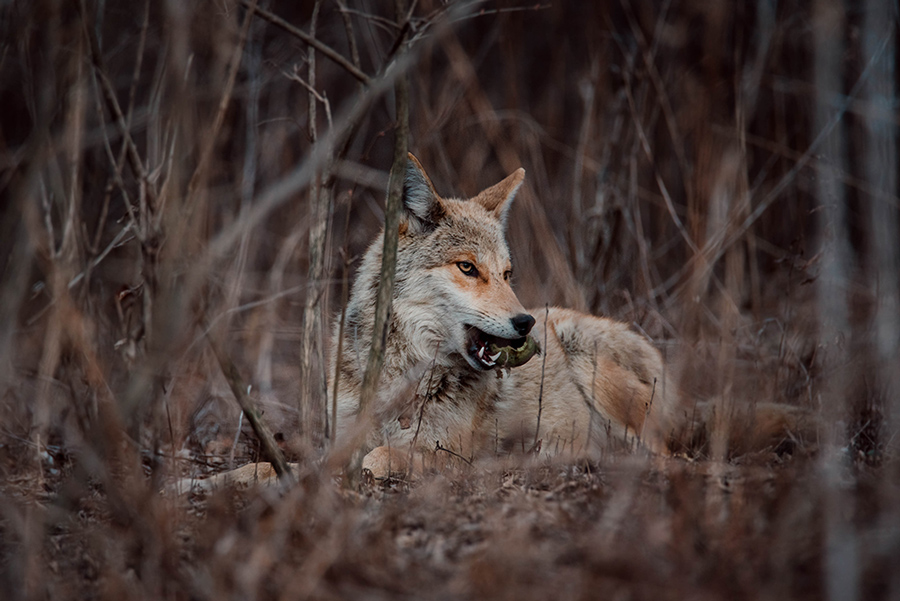
Coyotes are likely a permanent thread in the fabric of our communities. Fortunately, our technologies and interconnectedness present opportunities to learn about them in online neighborhood groups and social media feeds. Education is a key to balancing our enjoyment of natural spaces and the sustainability of the wildlife that lives there.
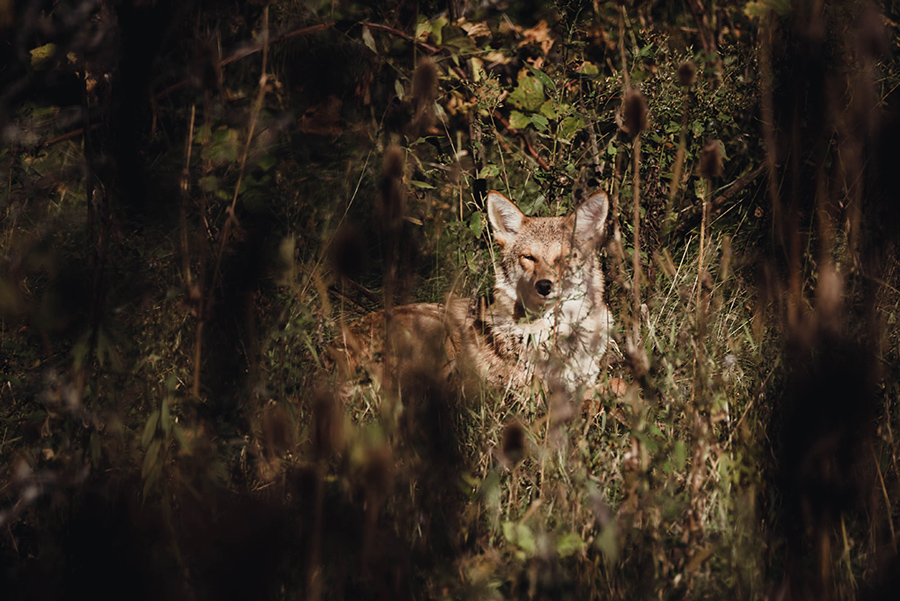
Additional information
Milwaukee County designated dog parks, where dogs can legally and safely play off leash: https://county.milwaukee.gov/EN/Parks/Explore/Dog-Parks
Coexisting with coyotes; keeping pets safe: https://www.wihumane.org/wildlife/coyotes
Guide for dog and coyote encounters: https://urbancoyoteinitiative.com/what-to-do-if-you-encounter-a-coyote-while-walking-your-dog/
Danielle Pahlisch is a seasonal field technician at Milwaukee County Parks and a visual artist who currently serves as an ARTservancy artist in residence at Shannon Preserve in Ozaukee County.

